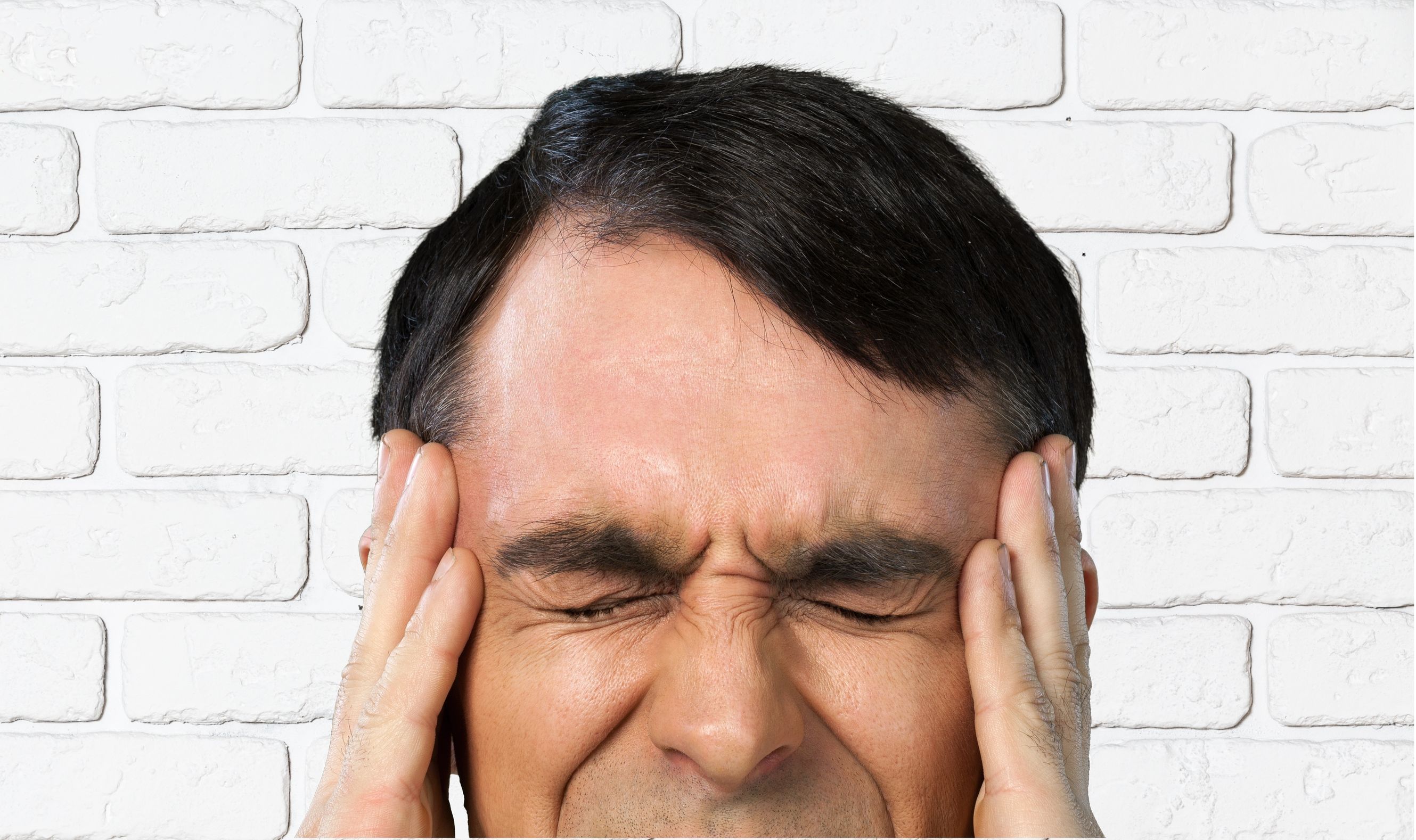
By Chris Thompson, RN, BSN, Stroke Team Facilitator ––Texoma Medical Center
Stroke is one of the most serious health problems facing Americans today. It also is one we can do much to prevent and much to treat. It all depends on you. How much do you know about what causes a stroke and how to prevent it? Can you recognize the warning signs and symptoms of a stroke? Do you know what to do if you see these signs and symptoms?
Each year, more than 700,000 people in the US have a stroke. It is the third leasing cause of death in the US and causes more long-term disabilities than any other disease. Stroke doesn’t respect age, social, economic, or professional status. Even children can have a stroke, although the risk of having a stroke doubles each decade after the age of 55. Stroke doesn’t just affect the victim but the entire family. Just think how would you be affected if a parent, spouse, brother or sister, or a child had a stroke?
A stroke is a medical emergency, just like a heart attack. It occurs when a blood vessel leading to the brain is blocked by a clot or bursts. When that happens, the part of the brain can’t get the oxygen and nutrients it needs to function and the brain cells in that area are injured and start to die. This happens very quickly, so every second counts. How effectively a stroke can be treated depends on how quickly the stroke victim gets to appropriate medical care.
Know the signs and symptoms of a stroke. People having a stroke often don’t realize what is happening. They depend on those around them to recognize the problem and act quickly. Know these warning signs:
Sudden numbness or weakness of the face, arm or leg, especially on one side of the body. Sudden confusion, trouble speaking or understanding.
Sudden visual problems.
Sudden trouble walking, dizziness, loss of balance or coordination.
Sudden severe headache with no known cause.
If you see any of the symptoms, call 911 immediately! Time lost is brain lost.*
The American Heart Association’s Stroke Association gives tips for remembering these symptoms and for recognizing them in people around us.
One way to remember these warning signs is to remember:
Walk, is their balance off?
Talk, is their speech slurred or their face droopy?
Reach, is one side of the body weak or numb?
See, is their vision all or partially lost?
Feel, is their headache severe? People often describe it as the worst headache of their life.*
Remember to act F.A.S.T.
F= Face: Ask the person to smile. Does one side of the face droop?
A=Arms: Ask the person to hold up both arms. Does one drift downward?
S=Speech: Ask the person to repeat a simple sentence, like “Dick and Jane went on a picnic.” Are the words slurred? Does the person repeat the phrase correctly?
T=Time: If the person shows any of these symptoms, call 911 immediately. Get to the hospital fast. Remember, Time Lost is Brain Lost!*
Some people experiencing stroke symptoms may be able to receive a clot-busting drug called tissue plasminogen activator (tPA), approved by the FDA for treating strokes due to blood clots. This clot-dissolving drug can significantly reduce, or reverse, the effects of a stroke, and reduce permanent disability—but only within the first 3 hours from the time the symptoms start. It takes about one hour to do the lab tests and x-rays needed to determine whether or not it’s safe to give a person tPA. Only 3-5% of people experiencing a stroke reach the hospital in time to be considered for receiving this drug because there is either a delay in recognizing the symptoms, or the patients and those around them don’t know how critical it is to act quickly.
Those of us working at hospitals are ready and waiting 24/7 to provide the best possible stroke care. We just need you to act fast. As with a heart attack, if you think you or someone around is having symptoms, don’t hesitate. Call 911 even if you aren’t sure stroke symptoms are being experienced.
In addition to knowing the signs and symptoms of stroke and the actions to take when they occur, there is much you can do to prevent strokes in your life and lives of those you love by controlling certain risk factors and making health life-style choices. So take control and beat stroke.
*Adapted from information provided by the American Stroke Association


